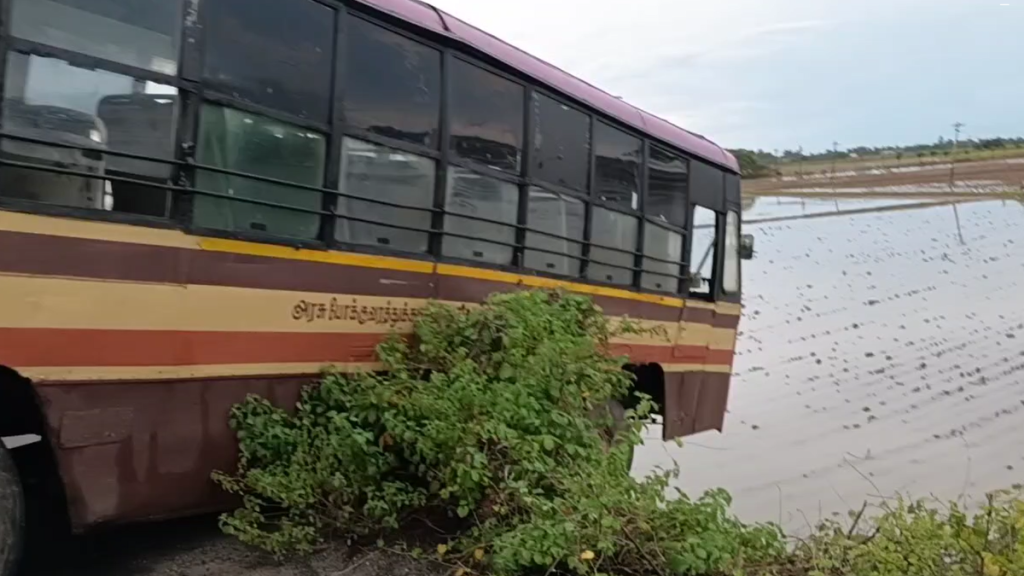Now Reading: OMR Faces Flood Risk Again as Storm Drains Remain Ineffective
-
01
OMR Faces Flood Risk Again as Storm Drains Remain Ineffective
OMR Faces Flood Risk Again as Storm Drains Remain Ineffective

Swift summary
- Flooding concerns on Rajiv Gandhi Salai (OMR): Several stretches of the arterial road are prone to flooding during the monsoon due to inadequacies in stormwater drainage systems.
- Identified problem areas: Locations include Nehru nagar, Karapakkam, Kandachavady, and Apollo Hospital junction. Drains running from interior roads to OMR are at higher levels in some places, causing water accumulation.
- Agency responsibilities: The Greater Chennai Corporation is tasked with constructing new drains or lowering existing ones for effective water discharge.
- Ongoing works and challenges:
– At Nehru Nagar, corrections are pending for a 250-meter drain that is 40 cm above OMR ground level.
– At Kandachavady, work to lower a drain has started; however, logistical issues involving utility lines and street lamp posts may delay completion before monsoon season.
– A new cross culvert at Apollo Hospital junction is planned but not yet begun due to drainage connection constraints.
– Similar flooding mitigation works in Karapakkam remain incomplete.
- Completed steps: Desilting and connecting drains completed at points like Tidel Park, SRP Tools, and Egattur by Highways Department.
- Resident concerns: Locals highlight long-standing issues with poor planning between agencies resulting in recurring flooding.
Indian Opinion Analysis
The persistent challenges around flooding on OMR underline systemic inefficiencies in urban infrastructure planning across Chennai’s key areas. While efforts like desilting certain zones exhibit progress from authorities such as the Highways Department and GCC, coordination gaps between departments exacerbate these problems-evident in overlapping responsibilities or delayed projects.
An inability to address basic design flaws (e.g., mismatched drain heights) risks further disruptions during heavy rainfall seasons-a critical concern given the arterial meaning of OMR amid Chennai’s IT corridor operations. Residents’ complaints regarding lack of foresight as roads were first constructed highlight broader infrastructure shortcomings frequently enough seen in high-growth urban regions.
For India’s rapidly urbanizing cities like Chennai-especially hubs integral to economic functions-the situation demonstrates how essential proactive planning between agencies becomes during climate-sensitive scenarios such as annual monsoons.
























